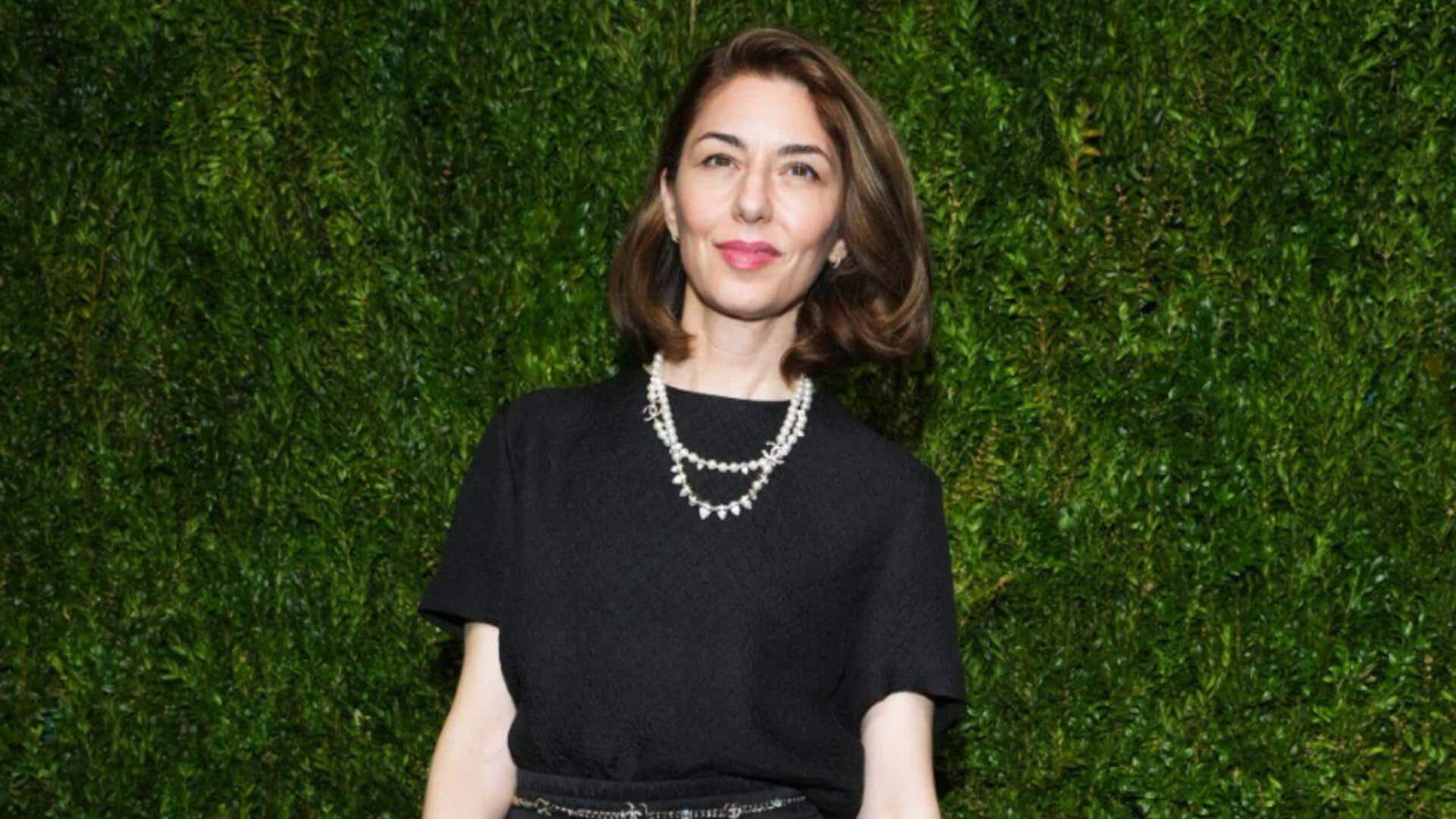
Why Sofia Coppola's films feel like dreamy poetry
What's the story
Sofia Coppola may not be a household name for everyone, but she's one of the most distinctive voices in modern cinema. Known for her quiet, atmospheric style, Coppola creates films that explore themes like identity, loneliness, and growing up. Her storytelling is subtle yet powerful, relying on mood, visuals, and emotion over big plots. Here's a look at how she crafts such beautifully introspective and memorable cinematic experiences.
Visuals
Visual storytelling in 'Lost in Translation'
In Lost in Translation, Coppola employs visual storytelling to express emotions and themes without much dependence on dialogue. The film's cinematography captures the alienation experienced by its characters with wide shots of Tokyo's bustling cityscape set against intimate close-ups. This way, viewers feel the characters's loneliness and connection visually, amplifying the film's emotional impact.
Sound design
Soundscapes in 'The Virgin Suicides'
Coppola masterfully utilizes soundscapes in The Virgin Suicides to build an immersive world. The film's soundtrack combines ethereal music with ambient sounds, mirroring the dreamy yet haunting essence of the story. By meticulously choosing music that fits every scene, Coppola elevates the mood of the narrative and intensifies viewers' emotional investment in the characters.
Dialogue approach
Minimalist dialogue in 'Somewhere'
In Somewhere, Coppola uses minimalist dialogue to shift the attention to character development and internal struggles. The sparse conversations give way to introspection, prompting audiences to decipher characters's thoughts and emotions through their actions and not words. This technique makes way for a deeper connection between viewers and characters as they walk through their journeys.
Color usage
Use of color palettes in 'Marie Antoinette'
Coppola's penchant for color palettes is on full display in Marie Antoinette. Her vibrant hues signify opulence, while muted tones convey isolation amidst the grandeur. Her deliberate choice of colors elevates storytelling, visually depicting character emotions and constraints of society in Marie Antoinette's time. Through this technique, Coppola crafts a rich visual narrative that adds to historical context, without overpowering it.